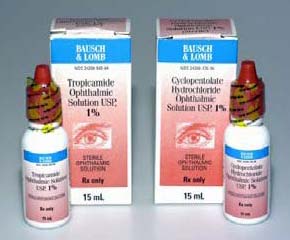|
|
| Stronger Actions |
- Architectural/physical plant changes
- New devices with usability testing before purchasing
- Engineering control or interlock (forcing functions)
- Simplify the process and remove unnecessary steps
- Standardize on equipment on process or caremaps
- Tangible involvement and action by leadership in support of
patient safety
|
| Intermediate Actions |
- Redundancy
- Increase in staffing/decrease in workload
- Software enhancements/modifications
- Eliminate/reduce distractions (sterile medical environment)
- Checklist/cognitive aid
- Eliminate look- and sound-alikes
- Readback
- Enhanced documentation/communication
|
| Weaker Actions |
- Double checks
- Warnings and labels
- New procedure/memorandum/policy
- Training
- Additional study/analysis
|

|


